NO Grain Goodness, for Goodness Sakes!
I’ve been eating grain free (in some circles it’s called gluten free) for about 9 months now, and I have to say, it’s made a huge improvement in my energy level, the depth of my sleep, my mental clarity, and my overall health. According to the research done, the reason for all this is due to the fact that this way of eating minimizes and eventually eliminates all internal inflammation—the precursor to disease.
The first thing I did was to find a good cookbook on the subject—and there are oodles on the market now. The one that’s helped me the most so far is Wheat Belly Cookbook, by William Davis, M.D. Of all the books I’ve tried, this one delivers on its promises.
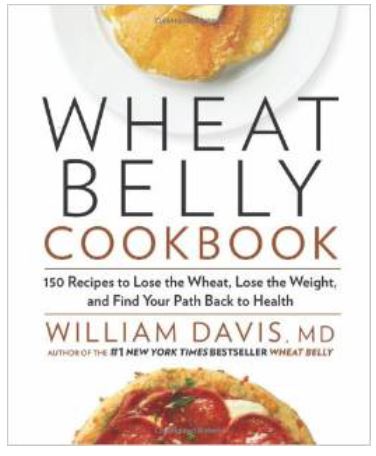
Then I went to the internet to seriously research the topic. I’d heard eating grain-free wasn’t the easiest transition to make and I wanted to avoid mistakes others had made. Sure enough, there are LOTS of sites that discuss this very topic. On www.homemademommy.net, for instance, the author shares 5 mistakes to successful grain-free baking that she made. I appreciated her willingness to help me avoid those.
Here’s what she learned:
1. Your expectations are too high – grain-free recipes are not the same as recipes with grains. You might see an amazing looking coconut flour graham cracker recipe and think: “WOW! This is going to taste like regular graham crackers!” Wrong! Grain-free recipes are a nice throw back to the real thing but aren’t the real thing.
2. Treating grain-free alternative flours the same as regular grain-containing flours – For instance, coconut flour is very different from regular flour. It is highly absorbent and recipes using it call for a very different ratio of wet to dry ingredients. Don’t start out converting your favorite recipes to grain free—use already-tested recipes. Simply trading coconut flour for regular flour can give you a product that is dry and chalky—it’ll require an entire glass of milk or water just to swallow it. Coconut flour is also not great at creating crunchy and crispy products.
3. Assuming grain-free treats are healthy enough to eat all of the time. Eating grain-free treats is the same as eating any treat. Binging is never good, and if you are prone to binging on goodies, you will probably binge on grain-free goodies too! The one thing they do have going for them is that many include tons of healthy fats and eggs which are very filling – so you may not eat as many as before.
4. Not understanding what is really in grain-free flours. For instance, almond flour is a commonly used grain-free flour alternative, but there are over 90 almonds in a cup! When would you ever eat 90 almonds in one sitting? You don’t want to because there are many downsides to eating so many nuts at a time:
- Almond flour skews perception about quantity.
- About 20% of the fat in almonds is polyunsaturated fatty acids (Omega 6 or PUFAs).These lead to many health issues.
- About 20% of the fat in almonds is polyunsaturated fatty acids (Omega 6 or PUFAs).These lead to many health issues.
- Almond flour is high in enzyme inhibitors, which is problematic for digestion, since enzymes are necessary to digest all aspects of our meal. After food is partly digested by stomach acid it travels to the small intestine where the acidity of the food mixture signals the pancreas to release digestive enzymes to further break down the food.
- Almond flour is high in enzyme inhibitors, which is problematic for digestion, since enzymes are necessary to digest all aspects of our meal. After food is partly digested by stomach acid it travels to the small intestine where the acidity of the food mixture signals the pancreas to release digestive enzymes to further break down the food.
5. Not listening to your body. Just because something is grain-free doesn’t mean your body is going to like it. Listen to your body and do not overdo it. Test various flours and recipes and see what works for you.
After thoroughly researching grain-free eating and getting a good lay of the land, I then got my kitchen set up to consistently cook/bake without grains. Since I’m the only one in the house wanting to eat this way, I didn’t purge all the regular flours and whole grains—my hubby likes and still wants that stuff.
But I did add some important ingredients to my pantry that I need and use everyday. To be successful at no-grain cooking/baking, you’ll find you’ll need to be quite intentional about what you do and don’t have in your cupboards and pantry. Here’s a short list of what folks use to get started:
Raw apple cider vinegar
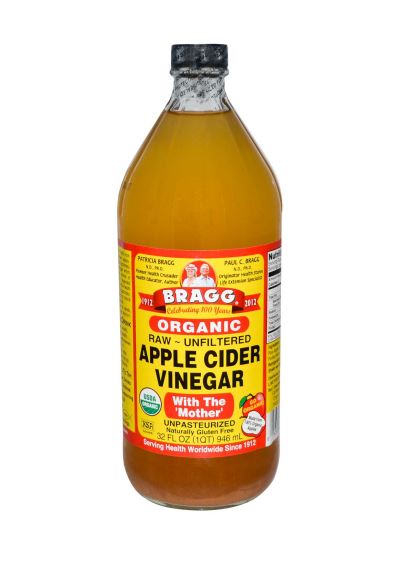
Flax Seed
(I grand and mix it with water as a binding agent, much like eggs)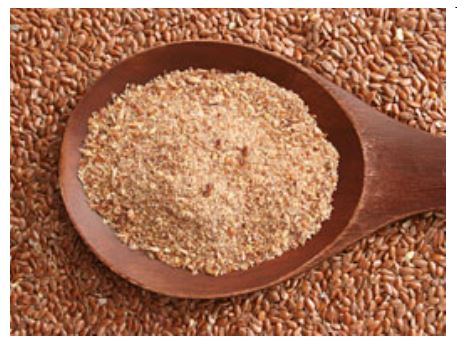
Nut Meal
(almond, hazelnut, pecan, to use only occasionally in small portions, to provide richness to a recipe)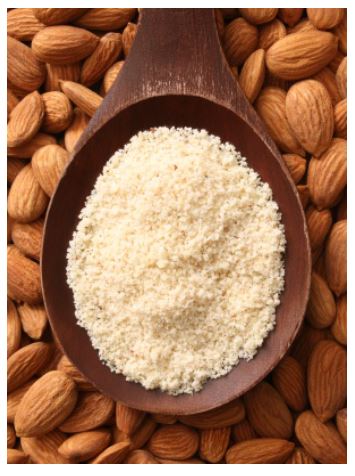
Coconut Flour
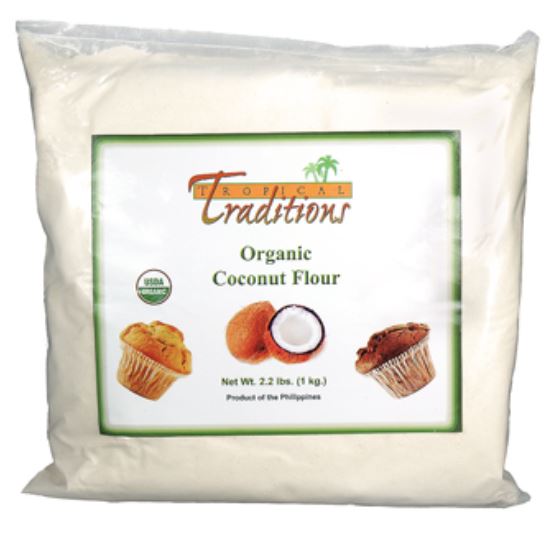
Baking Powder, Baking Soda
(for leavening)Extra virgin olive oil, coconut oil, pasteurized organic butter
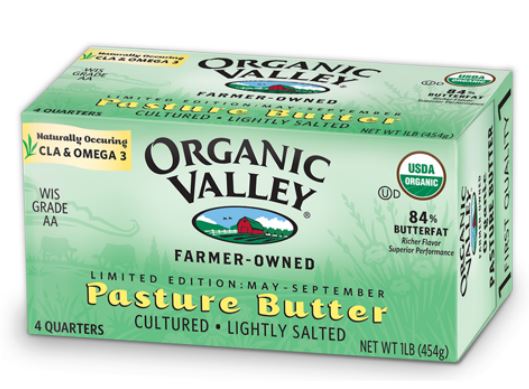
Raw honey, Grade B pure maple syrup
(to replace white and brown sugars)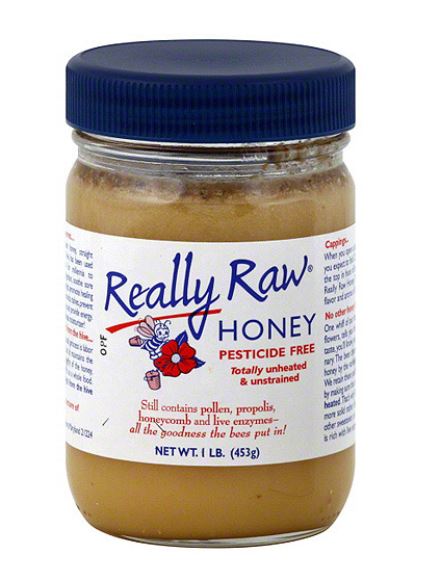
This transition has been an adventure for sure—lots of experimentation that’s brought me mostly successes and a few colossal flops. But the improvement in my overall health is worth the effort and if you’ve been tinkering with the idea, I’d highly suggest you take a look at grain free eating as well!
- www.amazon.com
- www.iherb.com /li>
- www.allaboutvision.com
- www.goodnesssuperfoods.com.au
- www.tropicaltraditions.com
- www.randazzofreshmarket.com
- www.walmart.com
 Alice Osborne
Alice Osborne
Weekly Newsletter Contributor since 2006
Email the author! alice@dvo.com
